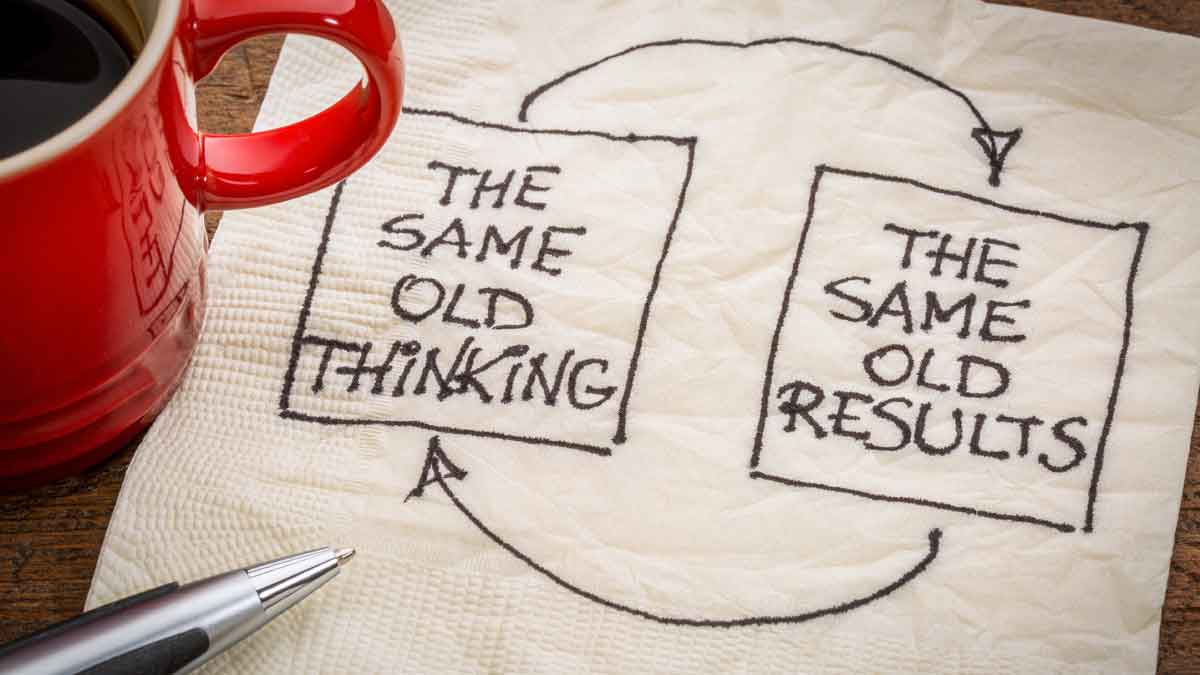Some products deliver enormous profits for decades, carrying whole businesses and careers on their sturdy shoulders. And then there are the tired, the poor, the huddled masses of wretched new products you wish were on your competitors’ teeming shores. You’ll find the blockbusters always satisfy six conditions. (See link below for details.)
More in article, Are You Maximizing Your Profits?
One is throwing more money at R&D in a Soviet-style arms race. Another is exhorting the troops to do better. An all-time favorite is asking tough project-review questions… but not training teams in the skills needed to find the answers. What if all your teams had the highest possible skills in understanding customer needs? Might this work better?
More in article, Do You Really Interview Customers?
Ever watch stage-gate reviews or entire workshops wrestling with The Value Proposition? It’s not pretty. In my experience, good B2B customer interviews yield potential value propositions like so many ripe apples falling from a tree. You just need to pick which to pursue. If you have to dream them up, you’re climbing the wrong tree.
More in article, Three Steps to Unbeatable Value Propositions (Originally published in B2B Organic Growth newsletter).
If you want to create an unbeatable value proposition with your B2B product, understand customer value by moving to the highest of 6 levels for customer insight. Then quantify value by building a value calculator, and communicate value with a B2B-optimized product launch. ... Read More
Confirmation bias is the “tendency for people to favor information that confirms their preconceptions or hypotheses, regardless of whether the information is true.” It’s what happens when you take your lovely new-product hypotheses to customers. This systematically distorts data on customer needs… and that can’t be good for innovation, right?
More in article, Give your Hypothesis the “Silent Treatment” (Originally published in B2B Organic Growth).
Ultimately, everything your business does should be about efficiently delivering value to customers. If you don’t focus on clusters of like-minded customers, their needs will be randomly observed by different people in your company at different times under different conditions. Not an efficient way to develop new products—your lifeblood.
More in New Product Blueprinting article, How’s Your Market Segmentation?






